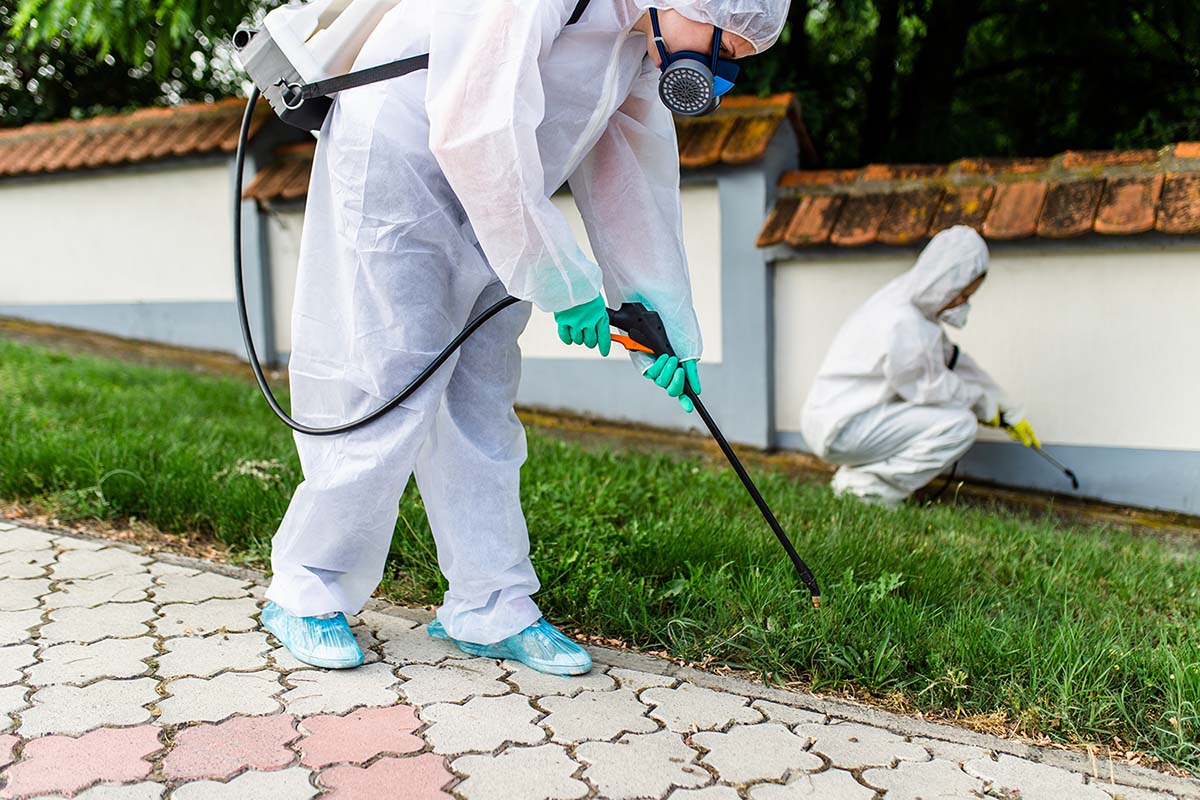Commission proposes halving pesticide use in EU by 2030

The European Commission has put forward draft legislation as part of the EU’s Farm to Fork Strategy that would cut the use and risk of chemical pesticides by 50% in the European Union by the end of this decade. The proposed regulation, which would replace the current Sustainable Use of Pesticides Directive (2009/128/EC), establishes legally binding reduction targets with clear guidelines on achieving them, as well as introduces provisions prohibiting pesticides in “sensitive areas,” including public parks and gardens, recreation or sports grounds, public paths, schools, and protected areas.
A new sustainable use framework
- The European Commission unveiled plans last month, within the context of the Farm to Fork Strategy announced in 2020, to introduce a new regulatory framework aimed at reducing by 50% the use and risk of chemical pesticides, referred to as plant protection products (PPPs) in the EU, and the use of more hazardous PPPs by 2030.
- The proposal sets provisions that would achieve this reduction in PPPs across the 27-member bloc by allowing each member state to establish its own national reduction targets, following certain defined parameters, and taking into account national pesticide usage trends. In this way, the proposal does not take a “one size fits all approach,” rather the objective of meeting reduced levels of pesticide use is shared more equitably EU wide.
- The Commission has emphasized that the new rules don’t seek to ban pesticides, but to replace them with safe and sustainable alternatives, while making their use a last resort measure. To this end, the proposal would increase the application and enforcement of integrated pest management (IPM), as well as enhance the use of less hazardous and non-chemical alternatives to chemical pesticides for pest control. In this context, the proposed framework also provides significant financial support to farmers, who would be subject to these new rules and requirements.
- The draft legislation would also introduce new rules on where all pesticides are allowed to be used. Specifically, it prohibits them on all surface waters and in so-called sensitive areas, and within three meters of such places. The definition of a ‘sensitive area’ includes “an area used by the general public” (e.g., public parks or gardens, recreation or sports grounds, or public paths); “an area used predominantly by a vulnerable group” (‘vulnerable groups’ include pregnant and nursing women, the unborn, infants and children, the elderly and workers and residents subject to high pesticide exposure over the long term); “an urban area covered by a watercourse or water feature”; and “an ecologically sensitive area,” among others.
- Notably, a narrow exemption is stipulated for professional users to apply PPPs in sensitive areas – for no longer than 60 days – provided that two conditions are met: (1) “a proven serious and exceptional risk of the spread of quarantine pests or invasive alien species exists,” and (2) “there is no technically feasible lower risk alternative control technique to contain the spread of quarantine pests or invasive alien species.”
Why it’s being introduced
- The explanatory memorandum prefacing the draft legislation points to the shortcomings of the EU’s Sustainable Use of Pesticides Directive (SUD – 2009/128/EC) as major reason for introducing these new rules. Adopted in 2009, SUD has since undergone several assessments and Commission audits, which have concluded that the current framework exhibits weaknesses in its implementation, application, and enforcement.
- Chief among the shortcomings observed was a lack of consistency and uniform performance in carrying out the rules under SUD, which has led to uneven application and enforcement from one member state to another. To improve the current system, the Commission has proposed the new rules as a Regulation (which is immediately applicable in all member states) with the aim to increase coherence and introduce more effective policies EU wide. Accordingly, the proposed legislation is intended to help improve the functioning of the internal market and reduce trade distortions between member states.
What’s next?
- A consultation period is now open until August 22, 2022, during which interested parties can provide feedback on the proposed legislation. All comments received will be forwarded to the European Parliament and Council for review during the ordinary legislative procedure.
To contact the author of this piece, please email Scott Stephens ([email protected]).
Key Documents and Dates
- Proposal for a Regulation of the European Parliament and of the Council on the sustainable use of plant protection products and amending Regulation (EU) 2021/2115 (June 22, 2022)
- Press conference on the Nature Restoration Law and the Commission’s proposal to halve the use of pesticides by 2030 (June 22, 2022)